Top 10 Mythical Places You Wished Were Real
They've eluded explorers for millennia and caused imaginations to run wild in the process. Here' our top 10 mythical places you wished were real!
From cities of gold, empires of giants and serpentine-like humans, to valleys rich in honey and gingerbread houses, there have been countless myths and legends that have captivated and excited our imaginations for millennia. Many people have gone in search of such places, but few -if any- have returned to tell their tales.
While some legendary cities may still be out there waiting to be discovered, for those of you who are less inclined to start a treacherous journey into the unknown, here’s our list of the Top 10 Mythical Places You Wished Were Real.
#10 City of Caesars

Said to have existed in the insurmountably stunning scenery of Patagonia, in between present-day Argentina and Chile, the City of Caesars was a mythical city supposedly steeped in riches, legend... and the Holy Grail?
First referenced in 1528 by Francisco Cesar after an expedition to Argentina, Cesar claimed to have found a city rich in precious metals and diamonds deep inside the Andean mountain range, which he later called Ciudad de los Césares (City of Caesars).
Further reference to the City of Caesars appears in 1540, when a Spanish ship was wrecked at sea with all sailors on board apparently lost. But 23 years later two survivors apparently turned up, recounting their adventure of discovering a lost city full of treasures near the Patagonian region.
But perhaps the most intriguing story is that of the “Argentine Fort”- a story which encompasses Giants, the Knights Templar and a mission to protect the Holy Grail itself.
Also known as the Abandoned Fort, the Argentine Fort is a unique plateau that closely resembles an island, in the heart of Patagonia – with ancient documents and maps supporting this idea. But what’s so special about this plateau?
Well, legend has it that the region once was home to white men who made a pact with the local population to keep their whereabouts a secret to outsiders. According to researchers, the white settlers could have been members of the Knights Templar, who travelled to the Americas before Christopher Columbus in order to protect the many treasures of the Christian empire... including the Holy Grail.
#9 Thule

Found approximately 6 days’ north of Great Britain and said to nestle in between Scandinavia and Iceland, the Island of Thule is entrenched in Old Norse mythology.
Although the small island was said to have months without sunshine at a time as well as being terribly cold due to its extreme northern latitude, that still didn’t stop this place from being imagined and thought of as an idyllic location in the midst of the frozen Arctic.
One Greek commentator in the 4th century described Thule most elegantly and humbly: “the people (of Thule) live on millet and other herbs, and on fruits and roots; and where there are grain and honey, the people get their beverage, also, from them”.
A land of fruit and honey in the middle of the Arctic? Don’t mind if I do!
And I’m not the only one who has taken a liking to Thule. May people to this day are still trying to locate the exact area where Thule could be the most notable suggestion being that the Island of Thule is actually the old name for Norway!
#8 Cockaigne | Liulekkerland
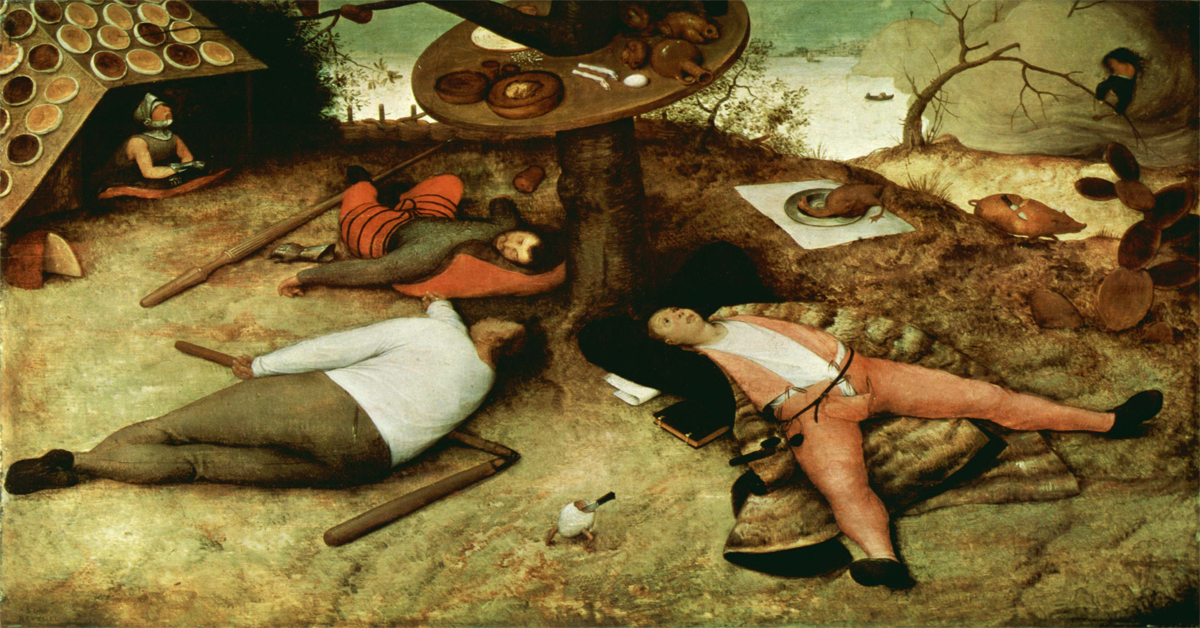
Cockaigne, otherwise known as Liulekkerland, was a mythological city of delicious proportions.
For those who were fortunate enough to gain access to this mysterious city, anything was possible; as was everything else they could possibly imagine.
It was also the wet dream for any foodie.
For in Cockaigne, one could never go hungry. The fabled walls were made of bacon; the cobbled streets were paved in fondant fancies and éclairs, and the water fountain rained an eternal deluge of chocolate milk. Even Winter was plagued by sugar snowstorms and bon bon rain.
Of course, Liulekkerland was a highly exclusive destination, and one with a rather peculiar checklist. This wasn’t a place that presented itself to explorers or even the spiritually inclined. The only way you could gain access to Cockaigne... was by being desperately hungry!
The idea of Cockaigne supposedly came from medieval mythology. In a time where war, plague and poverty were ever present, the idea of Cockagine – the land of plentiful – would have been an inspiration.
#7 El Dorado
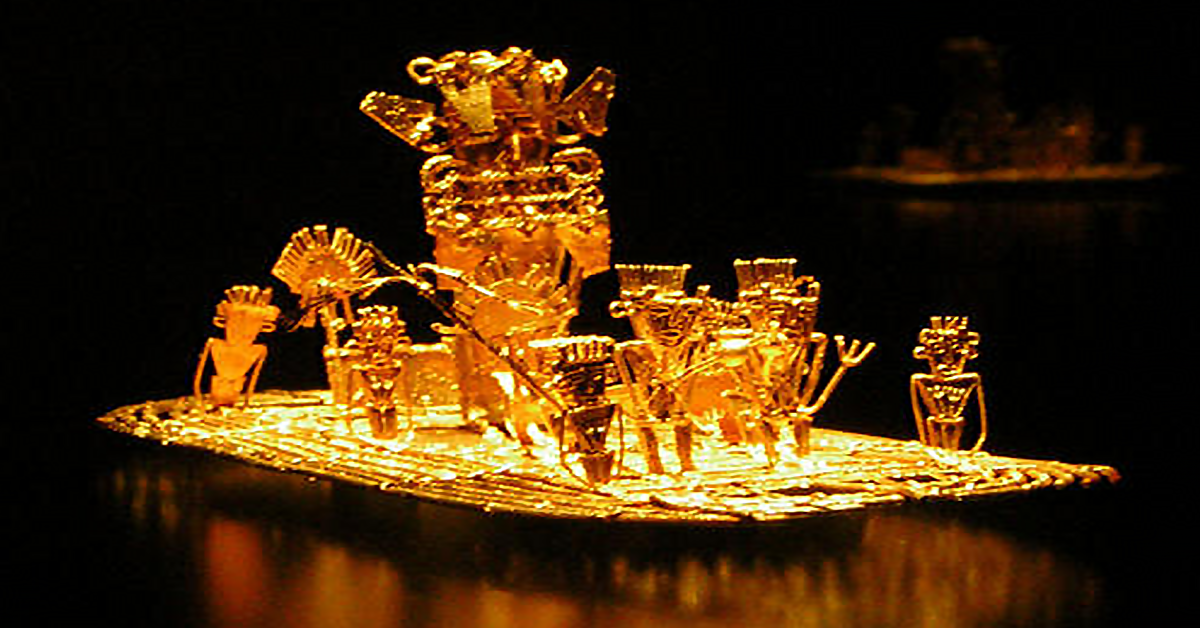
Ah, the fabled and magnificent city of gold. El Dorado is the South American legend that has fascinated Western society for centuries, and was a myth that started those greedy Spanish conquistadors on their hunt for untold riches.
However El Dorado isn’t all what it seems. In fact, El Dorado is quite possibly one of the most misinterpreted myths there is. You see, El Dorado was never a place – but a person.
The name given to the ruling class in the Muisca society, they were a people who would cover and adorn their bodies in gold every morning, only to wash it off again in a sacred lake nearby.
Of course, as the Spanish conquistadors discovered, there were definitely glimpses of the abundance of gold in the region, as well as hints of its spiritual undertones. The invaders found countless examples of skilfully crafted golden art and jewellery. But still, no mythical land of gold.
The fact that El Dorado supposedly doesn’t exist still hasn’t stopped explorers and treasure hunters from trying to find its bounty though!
#6 Avalon
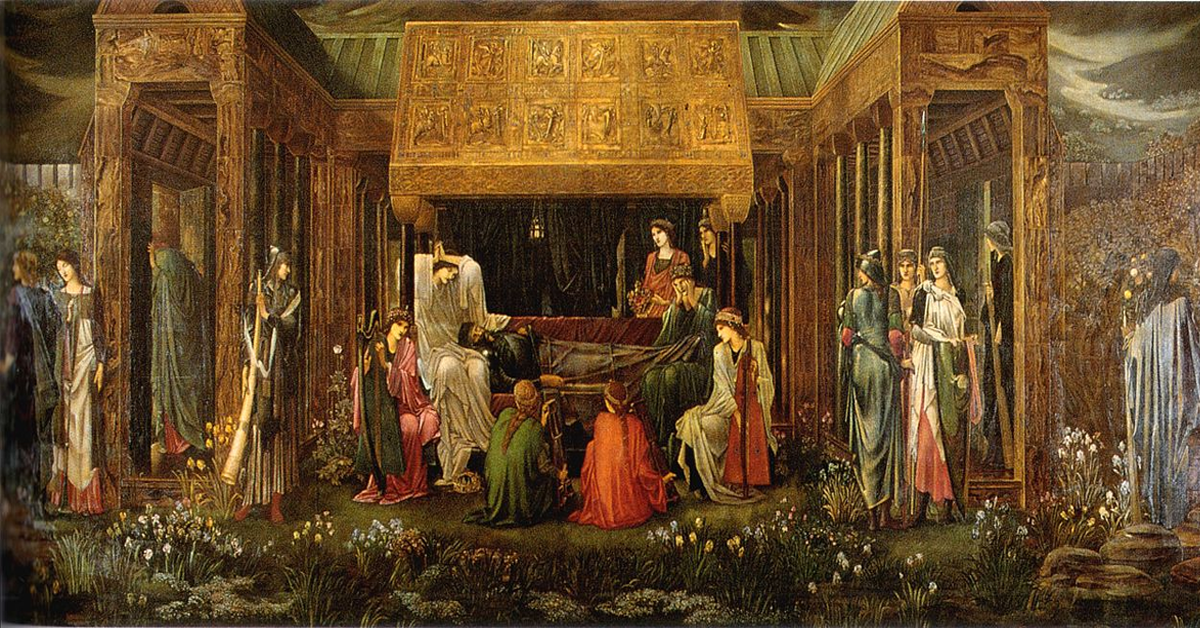
The name given to a mystical island steeped in a rich history of medieval tradition, Avalon was the place people in medieval England dreamed of.
Avalon is thought to have been the place where King Arthur’s sword Excalibur was forged, and also where King Arthur himself recuperated after the Battle of Camlann.
Modern researchers believe that Avalon got its name from the Welsh word for apple, Afel, and is now thought to be associated with Glastonbury due to monks in 1190 from Glastonbury Abbey claiming to find the remains of King Arthur and his Queen.
Avalon was also believed to be a heavenly place that all knights longed for, an English jewel of ladies and court, as well as the likely contender and home of the mythical capital city of Camelot – home to the Knights of the Round Table.
#5 Bimini | The Fountain of Youth
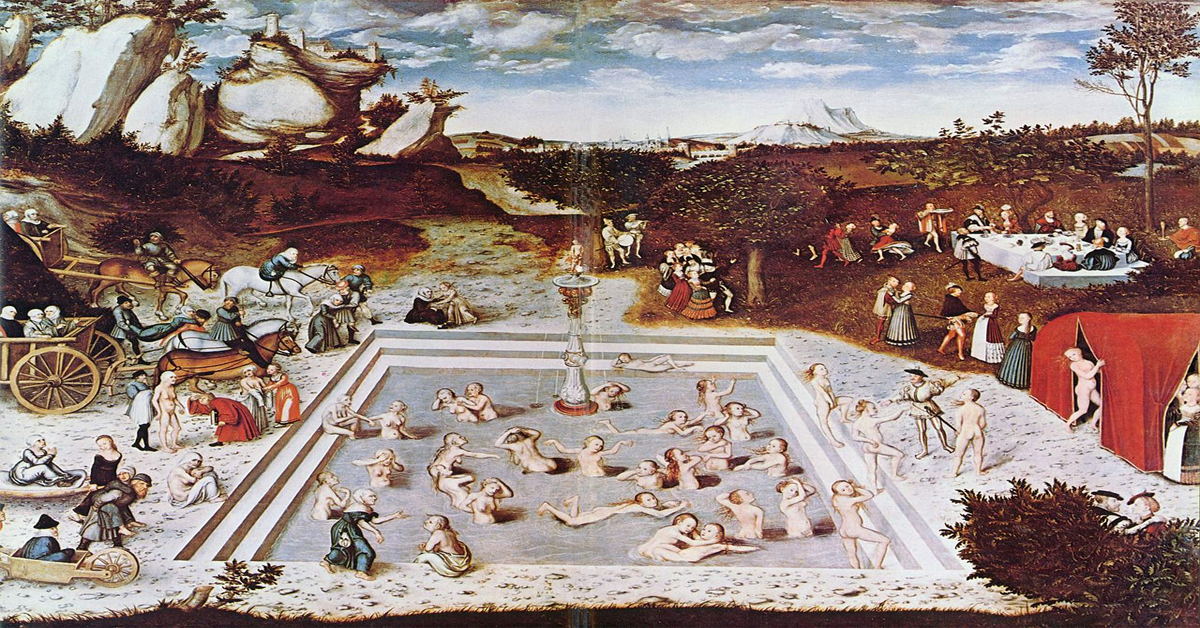
Bimini; the city where you’ll never grow old... Or so would its strap line read if it was ever discovered.
Said to be the home of the fountain of youth, Bimini was a legendary city of great wealth and an earthly paradise, supposedly located in the Caribbean.
Legends of the fountain of youth have been discussed throughout history, with one of the earliest accounts coming from the 5th century BC, when Greek historian Herodoctus described a people who lived exceptionally long lives thanks to a fountain in the land of the Macrobians.
Then came the Age of Exploration in the 15th century. During this time, news spread to the West that islanders in the Caribbean spoke of a lost land of great wealth and prosperity. Could this have been the home to the fountain of youth?
As was quite often the case back then, it was those adventurous Spanish explorers who first took particular interest in finding the mythical fountain talked about in the New World; with notable mention being given to explorer Ponce de Leon, who ended up discovering the wonderfully pure mineral water of Florida, USA while on his quest. You can visit the “real” Fountain of Youth today, while enjoying the lovely warmth of the Florida Keys.
#4 Atlantis
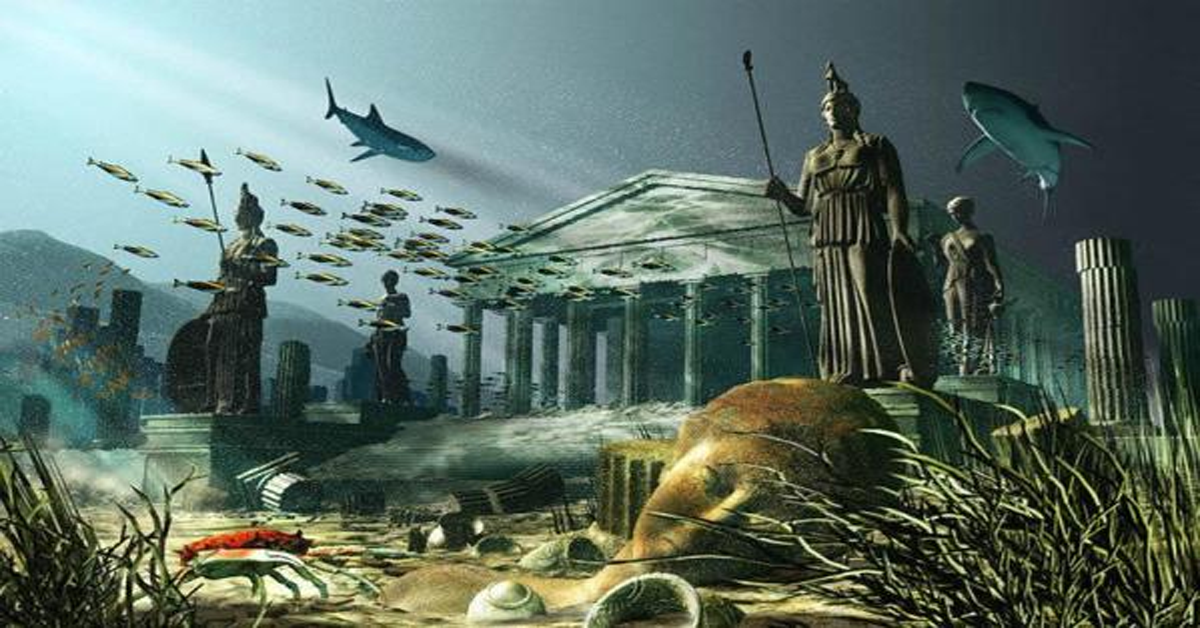
First described by Plato, Atlantis is perhaps the most famous legendary city on our list. Thought to have met an untimely demise over 10,000 years ago, Atlantis was destroyed in just one night by a series of cataclysmic earthquakes and floods.
Said to have been an ancient seat of learning and with a culture that paved the way for modern civilisation, Atlantis was even heralded as the rival and visionary of ancient Greece. But of course, some historians also believe that it was the revolutionary nature of this civilisation that brought it to its knees in the first place.
Of those who believe that Atlantis really existed, the question still remains as to where the sunken continent actually is. Some believe that Atlantis is indeed somewhere in the Atlantic sea, while others believe it could be as far away as the South China Sea.
Some historians also believe that the ancient culture could be the “missing link” that influenced future cultures and ancient monuments like Stonehenge, the ancient Egyptians and even the Mayans. And the terrible earthquake and flood that destroyed it? Was it the same disaster as spoken in the Bible and other ancient documents?
Regardless of whether Atlantis is fact or fiction, there is still no denying our modern interest into it. And with different theories and insight forever pointing in different directions, I guess all we can do is wait and see.
#3 Argatha
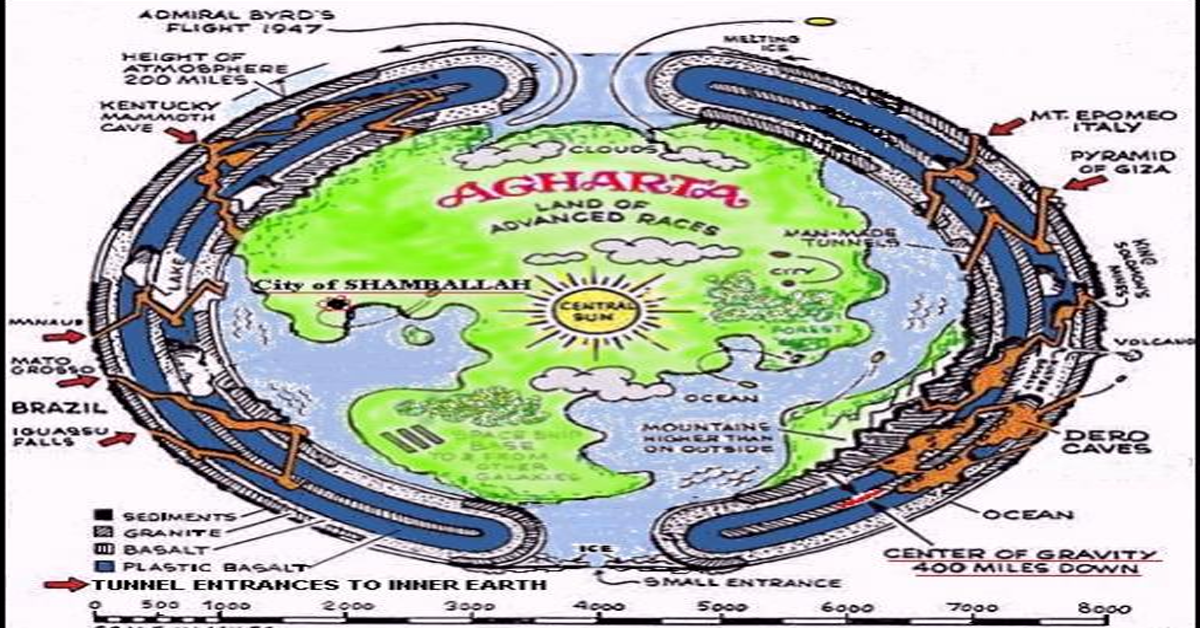
Argatha (sometimes known as Agharti) is a legendary city said to be located inside the Earth’s very core. A popular myth in amongst those of an esoteric persuasion, Argatha is often spoken of in relation to the Hollow Earth Theory, and is the name given to the society of people who dwell in underground citadels.
Legend tells us that Argatha is connected to the four corners of the world by a vast network of underground tunnels.
There have been notable mentions throughout history to an underground kingdom which houses a super-race of highly intelligent humans, and even serpent/human hybrids!
In Buddhist theory, Argatha is a subterranean world of superhumans who occasionally come back up to oversee the development of mankind on top. Ancient philosophy tells the story of a Holy Man who led his tribe underground in order to advance their scientific knowledge that had already surpassed the world around them.
Other theories suggest that entrances to Argatha can be located at the bottom of deep lakes and wells (according to Tibetan tradition) or in the middle of the Gobi desert, where its location is secured by high-tech illusionary technology.
#2 Ys
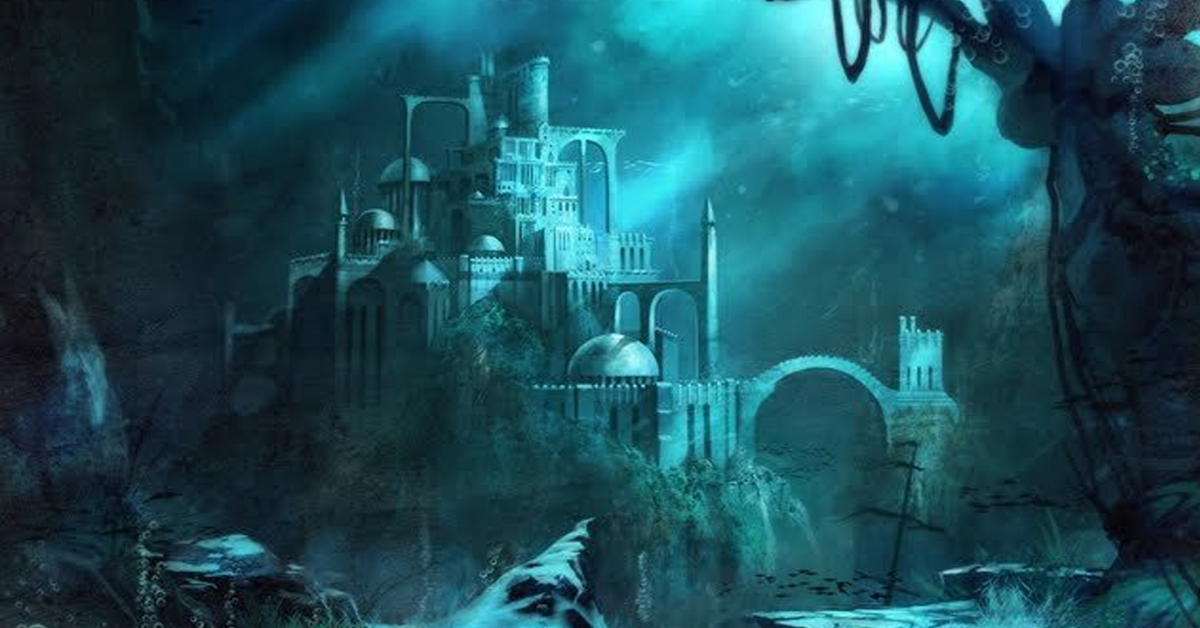
A mythical city said to have been built on the coast of Brittany, Ys met a terrible end when it was suddenly swallowed by the ocean that surrounded it.
According to legend, Ys was built by Gradlon, King of Cornouaille for his daughter Dahut at her request, due to her eternal love for the sea.
Although built under sea-level, Gradlon ensured that the beautiful city was protected by creating a dike that only opened during low-tide to let sea merchants and ships in. There was only one key to the city, owned by Gradlon himself.
Considered one of the most beautiful and impressive city’s in Europe, Ys soon gained a reputation for being a hotbed of sin under the influence of Gradlon’s rebellious daughter, Dahut. Under her rule, the city became renowned for its debauchery, with Dahut taking a particular fancy to having orgies and killing off her lovers the next day.
Enraged, onlookers warned that her shenanigans would get the attention of the devil himself. And they were correct.
The story goes that one night Dahut took a particular fancy to a knight dressed red, and upon taking him back to her quarters a terrible storm started to rage. Dahut, knowing that the city was safe told the red knight that nothing bad would harm the city, as it was protected and only her father had the key to the city, tied around his neck.
“Your father’s asleep” said the red knight. “You could easily steal the key to the city.” And so she did. But sadly for Dahut and the people of Ys, the red knight was none other than the devil who tricked Dahut, and with the key now in his possession the devil opened the gate and flooded the city and all its inhabitants. Fortunately, King Gradlon managed to escape on horseback before the city sank, but first he made sure to push Dahut off the horse he fled on.
Some people say that Dahut was swallowed by the sea, and turned into a mermaid.
#1 Shambhala
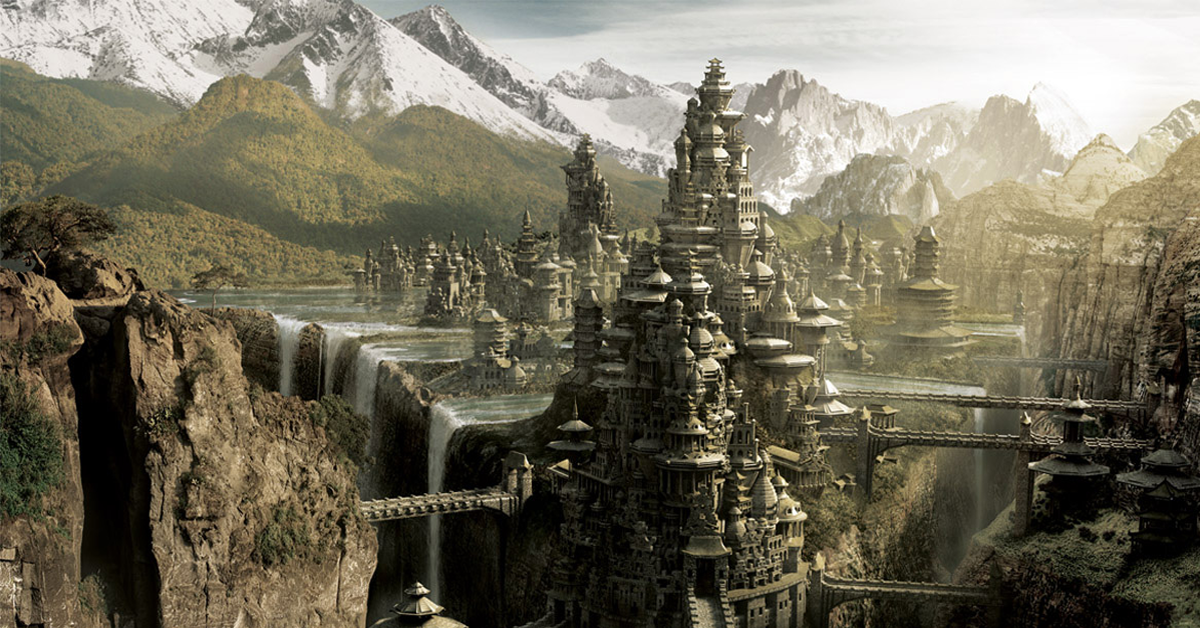
Located between the snow-capped mountains of the Himalayas, Shambhala is a magical land whose very translation from Sanskrit means “mystical land”.
Said to have a golden city at its centre, the city of Shambhala has eluded explorers and historians in terms of its location for a millennia. It is mentioned in various ancient texts across the Asian continent, with many striking and visually appealing explanations about its beautiful citadel.
Described in Buddhist teaching as a place of peace and tranquillity, Shambhala is a place where war and injustice are unheard of, and the men and women (both equally beautiful) live in magnificent abodes which overlook an even more wonderful location.
It is prophesised that the leaders of Shambhala will emerge with a huge army that will eventually vanquish the world of corruption in a time called The Golden Age. Some scholars believe that the date for this revolution shall be 2424 AD!
As with most of the places on this list, Shambhala is yet to be discovered. But that hasn’t stopped people from trying. From the Gobi Desert to the snow-capped mountain of Tibet, from the arid plains of Afghanistan to the equally barren plains of Mongolia, people have searched – but all in vain.
Some say only the enlightened with a certain level of karma can see the city and enter its gates. Further teachings of the legendary Shambhala often refer to the city as a metaphysical destination, where one goes on their quest to spiritual enlightenment and rebirth.
Regardless of whether it’s physical or not, Shambhala has remained the ultimate mystery and mythical destination. If you haven’t heard of Shambhala before, then perhaps you have heard of its Western interpretation – Shangri-La.
Can you think of any other mythical cities that haven’t made our list? Which one would you like to live in, and which one would you not? Let us know in the comments!
Submit A Comment
Create a Psychic Sofa account today!
Join the Psychic Sofa Community Today and get access to:
- Get notified by (FREE) SMS text when a reader becomes available!
- Latest offers and members only exclusives
- Add favourite readers to your profile




Comments
No comments have been made yet